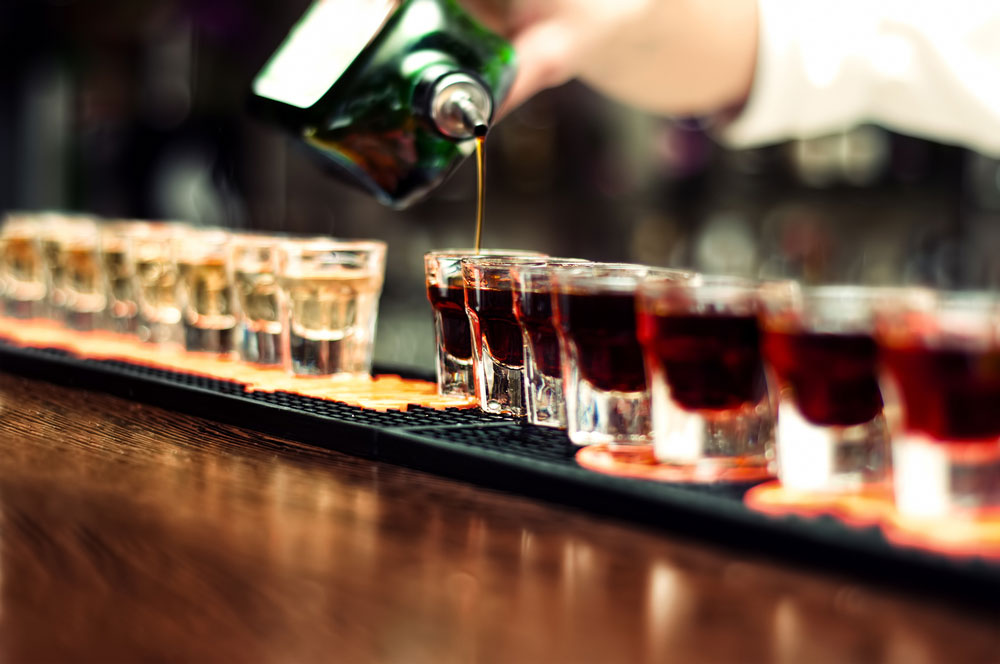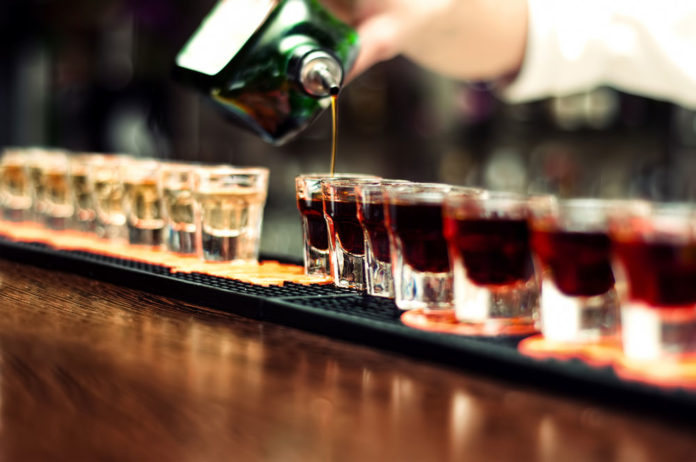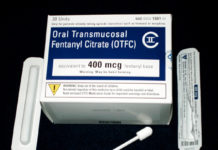While cases of customers who suffer drug-related overdoses in private businesses are common, food service industry workers endure an increasing number of issues associated with substance abuse.
For example, a New Jersey chef and restaurant owner had struggled with substance abuse for ten years until he got clean six years ago. One of his friends died from drug use in August, causing the chef to tell his story on social media in an effort to spread awareness to the topic of substance abuse in the food service industry. In May, an Illinois man died of a drug-related overdose in a Starbucks bathroom. Another man in Arkansas suffered an overdose in a Starbucks parking lot and an employee had to save his life.
A 2017 study published in the International Journal of Drug Policy aimed to determine the prominence of drug abuse in commercial establishments in New York City. Of the 86 business owners who were surveyed, 58 percent reported that they had encountered some kind of drug use in their businesses. About 34 percent of these managers had found syringes in the establishments. About 90 percent of them had no previous training to address situations related to overdoses.
According to the National Safety Council, employers should address substance use disorders by having a clearly written policy, proper employee education, supervisor training, an employee assistance program and drug testing.
The U.S. Centers for Disease Control and Prevention (CDC) estimated that people struggling with substance use disorders miss an average of 14.8 work days a year. The CDC highlighted that employees who are not struggling with drug and alcohol abuse miss an average of 10.5 days of work. Workers who are in recovery for substance abuse miss an average of 9.5 days of work.
Five years ago, the owners of Saul Good, a small Kentucky restaurant chain, walked in on their best server injecting heroin in the bathroom. This occurred after already losing a manager to a prescription drug-related overdose in jail. Another cook died of an overdose in 2017. In total, Saul Good lost 13 employees to substance abuse over a decade.
A 2015 report presented by the Substance Abuse and Mental Health Services Administration determined that 8.7 percent of full-time workers between the ages of 18 and 64 had heavily drank alcohol over the past month from 2008 to 2012. It was also revealed that 8.6 percent of them had used illicit drugs. Approximately 19 percent of food and accommodation services workers had engaged in illicit drug use over the past month and 16.9 percent had been affected by substance use disorders.
According to the Bureau of Labor Statistics (BLS), workplace overdose deaths have increased 25 percent since 2012 in the U.S. The BLS reported that 217 people died of a drug-related overdose while on the job in 2016, compared to 165 the year before, a 32 percent increase.
Anthony Yanno, who served as a Starbucks manager for 20 years, explained that the company has had precautionary measures to address the issue of substance abuse in place.
“Honestly, I have not experienced a lot of substance abuse issues in my almost 20 years at Starbucks,” he said. “When we encountered an issue, it was always handled very professionally with the partners’ health as the main focus.”
Yanno explained the process that a worker at Starbucks would go through if they were struggling with a substance use disorder.
“When a partner comes forward and shares with their manager that they have a substance abuse problem, they are treated with the utmost care and consideration,” he said. “We would immediately offer that partner our [educational opportunity program] and employee assistance program number. Once they call, they have access to an amazing support group of people that will get them to the right treatment program for their addiction.”
A survey was conducted by the Pacific Institute for Research and Health at University of California at Berkeley (UC Berkeley) among 1,294 people who worked at national chain restaurants to determine their alcohol usage. The results revealed that workers typically drank only once or twice a week but in excessive amounts. It was estimated that 50 percent of the men surveyed consumed five or more drinks during a single occasion while about 32 percent of women had drank four or more alcoholic beverages.
The survey also highlighted that 41 percent of the workers reported problem drinking and nearly 50 percent of them were between the ages of 21 and 24. Excessive drinking was found to be frequently associated with coworker activities occurring after work.
“When I was a new store manager in 2000, I had a partner who had an alcohol problem,” Yanno said. “I noticed his hands would shake and he would often come in with black eyes and just on his face. As I built a relationship, I was able to approach him and have an honest conversation about what he was going through.”
Yanno added that his partner was 44 years old at the time when he reached out to the company’s employee assistance program and began to receiving alcohol addiction treatment.
“For about 6 months, [his] performance elevated to levels I had never seen. He was smiling; connecting with his customers and looked healthy. Unfortunately, [he] relapsed and passed away that year from alcohol poisoning. I attended his funeral and will never forget the kind note his Mom gave me — thanking me for my support of her son and sharing that [his] greatest joy each day was coming to work at Starbucks and serving his customers.”
Some companies have taken extra measures to help employees that struggle with drug and alcohol abuse.
DV8 Kitchen is a restaurant in Lexington, Kentucky in hiring people who are in the early stages of recovery. The restaurant attempts to help its workers establish a basis for their future. DV8 Kitchen also has employees attend weekly workshops that teach them basic life skills including interviewing skills, progressive discipline, and conflict resolution. The restaurant has multiple community partners in the Lexington area that have supported its cause and vision.
Another restaurant, Hot Chicken Takeover in Ohio, hires people who were homeless or in prison with the idea that a sustainable job can prevent them from reoffending. Joe DeLoss, the owner of Hot Chicken Takeover, estimated that 70 percent of its employees at all locations were once incarcerated or homeless.
The Director of Culinary Operations of the Lebanese Taverna Group in Arlington, Virginia helped a cook get clean after giving him a second chance at employment. His policy on dealing with recovering individuals who were in top positions was to contain the situation before it transpired to the business.
The sous chef at Father Martin’s Ashley, which is an addiction treatment center in Havre de Grace, Maryland struggled with heroin and alcohol abuse. Now, sober for five years, he cooks for people who are attempting to overcome substance use disorders.
“I believe we do have a huge drug problem in this country,” Yanno said. “I believe most of these issues are created by the pharmaceutical companies that created all of these prescription meds. It’s far too easy for someone to say they feel this way or that and walk out with one or more prescriptions for their issues. This behavior treats the symptom and not the problem. I feel people really need to dig deep and explore why they feel the way they do before they go down the pill path. If you can realize why, you are on your way to addressing the real issues. It’s too easy in America just to take a pill and try and forget the real pains in your life.”

















